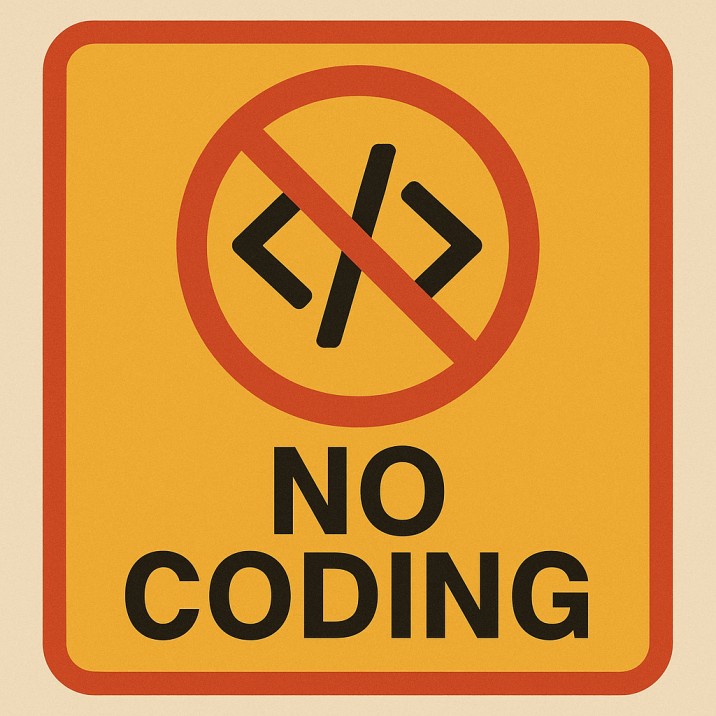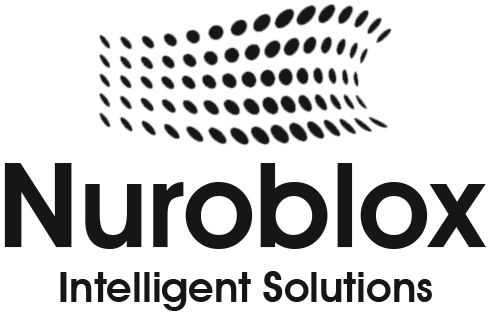How Drag-and-Drop AI Platforms Are Simplifying Automation
AI automation is transforming the way businesses operate, but until recently, building intelligent workflows required deep technical skills, long development cycles, and dedicated engineering resources. For many teams, that meant AI remained out of reach.
That’s changing fast.
Drag-and-drop AI platforms are making automation accessible to everyone, not just developers. With intuitive visual interfaces, prebuilt AI components, and seamless integrations, these tools let business users design smart, scalable workflows with no coding required.
Whether you’re automating customer support, streamlining operations, or triggering AI models in real time, drag-and-drop platforms eliminate complexity while accelerating results. In this blog, we’ll explore how these platforms are simplifying automation, their real-world benefits, top use cases, and which tools are leading the charge.
Let’s explore…
Understanding Drag-and-Drop AI Automation
Drag-and-drop AI automation platforms are visual, no-code tools that allow users to build intelligent workflows by simply dragging components like triggers, actions, and AI models onto a canvas—no coding or programming required.
These platforms make it easy to design and automate tasks by combining prebuilt AI features (like sentiment analysis, document processing, or chatbot logic) with everyday business workflows. Instead of writing scripts, users visually connect steps using a flowchart-style interface.
Core Features Include:
- Visual workflow designer – Build logic using blocks and connectors
- AI modules – Use built-in AI tools like natural language processing, predictions, or image classification
- Integrations – Connect with popular apps like Gmail, Slack, Salesforce, Google Sheets, and more
- Triggers & actions – Automate workflows based on events, schedules, or user inputs
How Drag-and-Drop AI Platforms Are Simplifying Automation
AI automation has traditionally been seen as complex, resource-intensive, and highly technical requiring teams of data scientists, developers, and months of development. But with the rise of drag-and-drop AI platforms, that’s no longer the case.
These platforms are transforming how organizations build and deploy automation by removing the technical barriers and putting AI capabilities into the hands of everyday users. Here’s how they simplify the automation journey:
1. No Coding Required- Drag-and-drop interfaces allow users to build workflows visually just like creating a flowchart. Users don’t need to write code or understand algorithms to use powerful AI features such as text classification, image recognition, or predictions.

2. Faster Time to Build- What once took weeks of development can now be built in hours. Prebuilt AI components, reusable templates, and real-time testing make it easy to launch and iterate on automation projects quickly.
3. User-Friendly Interfaces- With intuitive design tools, anyone from a marketing manager to an HR professional can design and deploy AI-powered workflows. This reduces the dependency on technical teams and fosters cross-functional innovation.
4. Seamless App Integrations- Drag-and-drop AI platforms often come with built-in connectors to popular tools like Google Workspace, Slack, Salesforce, and CRMs. This makes it easy to pull in data, trigger actions, or use AI logic across multiple apps without switching platforms or writing custom APIs.
5. Democratization of AI- These platforms bring AI to people who previously couldn’t access it. From startups to enterprises, teams can now use intelligent automation to solve business problems, improve accuracy, and increase efficiency without hiring specialized AI engineers.
6. Scalable Automation- As teams grow and processes become more complex, drag-and-drop tools scale with them. Users can start with simple workflows and gradually add layers of logic, conditions, and AI modules without rewriting or refactoring everything from scratch.
Drag-and-drop AI platforms simplify automation by making it visual, accessible, and fast. They enable organizations to harness the power of AI not through code, but through creativity and logic. The result? Smarter processes, faster outcomes, and a more empowered workforce.
Key Benefits of Drag-and-Drop AI Automation
Drag-and-drop AI platforms are more than just convenient they unlock a powerful set of benefits that help businesses move faster, operate smarter, and reduce dependency on technical resources. Here’s why organizations across industries are adopting these tools:
Accessibility for Non-Technical Teams: No-code, visual interfaces mean that business users like marketers, HR teams, and operations managers can build AI-powered workflows without writing a single line of code. This removes traditional barriers and broadens who can drive innovation.
Rapid Deployment: With prebuilt components and plug-and-play AI modules, teams can go from idea to execution in a matter of hours. There’s no need to wait for developers or IT teams to build custom solutions.
Cost Efficiency: By reducing the need for expensive engineering resources and long development timelines, drag-and-drop platforms lower both upfront and ongoing costs. Many tools also offer affordable tiered pricing for startups and teams.
Scalable and Repeatable Workflows: Workflows can start simple and scale with your needs. Users can clone, adapt, and expand automations as business requirements evolve, ensuring long-term flexibility.
Faster Experimentation and Innovation: Because it’s so easy to build and test workflows, teams can try out ideas quickly, measure impact, and refine as needed without heavy risk or investment.
Best Drag-and-Drop AI Platforms to Explore
With the growing need for accessible AI automation, several platforms now offer powerful drag-and-drop interfaces tailored to different use cases. Below are three standout tools that are simplifying AI deployment across industries:
1. NuroBlox – Enterprise-Grade AI Agents + Orchestration- NuroBlox is built for enterprises seeking advanced AI automation without the complexity of coding. It combines a drag-and-drop interface with the ability to orchestrate intelligent agents, enabling teams to automate decision-making and end-to-end business processes.
Key Features:
- Visual workflow builder with agent orchestration
- Integration with RPA, SaaS tools, and custom APIs
- Built-in document understanding, data extraction, and smart routing
- Enterprise-grade governance, security, and scalability
Best For:
- End-to-end intelligent automation at scale
- Complex workflows across departments (e.g., HR, Finance, Compliance)
- Organizations needing private, secure, AI-powered automation
2. Zapier + OpenAI – Simple AI Triggers and Responses- Zapier is one of the most user-friendly automation tools available. By integrating OpenAI into its workflows, users can now create smart, AI-enhanced automations with no code perfect for text generation, email replies, summaries, and more.
Key Features:
- Trigger-based automation (Zaps) with OpenAI’s GPT models
- Easy integration with 6,000+ apps
- AI actions like generating content, summarizing messages, or classifying inputs
- Great for lightweight, AI-powered automations
Best For:
- Content creators, marketers, and support teams
- Auto-generating email replies, social posts, or task summaries
- Small teams looking for plug-and-play AI capabilities
3. Make.com – Visual Flow Builder with Logic and Control- Make (formerly Integromat) is ideal for building more complex, logic-heavy workflows. It features a visual editor where users can define multi-step processes, insert conditions, and now integrate AI models, making it great for advanced non-developers.
Key Features:
- Drag-and-drop scenario editor with real-time visual feedback
- Conditional logic, branching, loops, and scheduling
- OpenAI integration for text-based tasks and classification
- Hundreds of app integrations with deep customization
Best For:
- Users who want more control than Zapier offers
- Automating multi-step operations across departments
- AI-assisted workflows with dynamic decision paths
These platforms are proving that AI no longer needs to be complicated. Whether you’re scaling automation in a large enterprise or streamlining workflows in a small team, drag-and-drop AI tools let you build smarter solutions without touching code.
Conclusion
Drag-and-drop AI platforms are making intelligent automation more accessible, faster, and easier than ever before. By eliminating the need for coding, these tools empower teams across departments to build and deploy smart workflows in just a few clicks. From streamlining repetitive tasks to integrating powerful AI features like language processing and document analysis, they enable rapid innovation without relying on technical resources. As businesses seek to operate more efficiently and scale with agility, drag-and-drop AI platforms offer a practical, low-barrier path to smarter automation.


